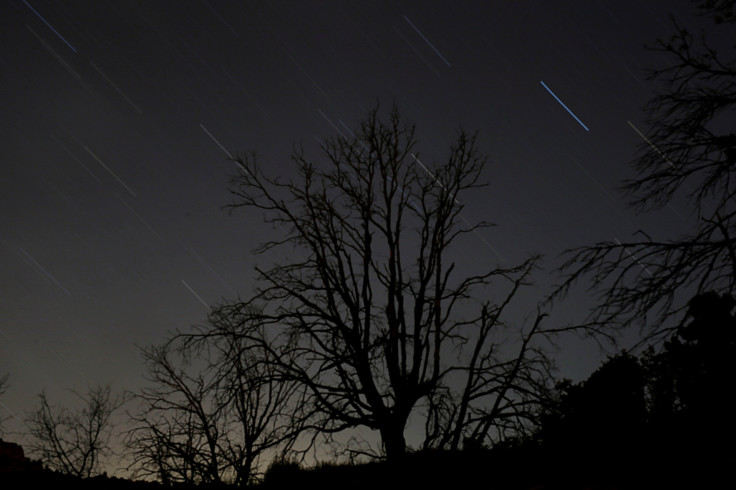Eta Aquarids 2018: When, Where To Watch Shooting Stars At Their Peak

Eta Aquarids, one of the most famous annual meteor showers, is set to peak, giving sky-gazers a dazzling show of shooting stars.
The meteor shower runs for almost a month – from April till the end of May – but watching it during the peak hours with maximum meteors hurtling through the sky is the real treat, something that happens this weekend.
Viewers in the United States will be able to see as many as 10 to 30 shooting stars per hour during the early morning hours of Sunday, as per TimeAndDate. This will be the best time to see meteors in the night sky.
Eta Aquarids are known for their speed and will be traveling at about 148,000 mph while entering Earth’s atmosphere. This can result in what NASA calls "glowing trains" of meteors for several seconds to a few minutes.
According to a statement from the space agency, Aquarids could be washed out by the moonlight this year, but heading out during the pre-dawn hours and going away from all visible sources of artificial light could be the key to getting the best views. Just find an open space where you can cover a wide view of the sky like a park or something, and look up while lying flat on the ground.
NASA stresses on giving at least 20 to 30 minutes to allow your eyes to adjust in the dark and also notes you might have to wait for at least an hour to see the show. This is because sometimes these meteors do not show up frequently, but appear in spurts after small breaks in between.
That said, it is also worth noting that looking towards the radiant of meteor shower, the point from where they seem to originate, in the southern part of the sky – in the direction of constellation Aquarius – will not do any good as meteors move in all directions of the sky after entering the atmosphere and covering a wider area of the sky would prove more helpful in that case.
Halley’s Comet
Eta Aquarids meteor shower is a result of comet 1P/Halley. The space rock leaves behind a trail dust and small rocks while orbiting the sun and when our Earth crosses that path, the debris enters our atmosphere and burns up to turn into stunning shooting stars for those on the ground. It typically results in two annual meteor showers – Eta Aquarids in May and the Orionid meteor shower in October – and takes some 76 years to complete a single orbit of the sun. The comet was seen last passing by Earth 1986 and will not enter inner regions of our Solar System until 2061.
© Copyright IBTimes 2024. All rights reserved.





















